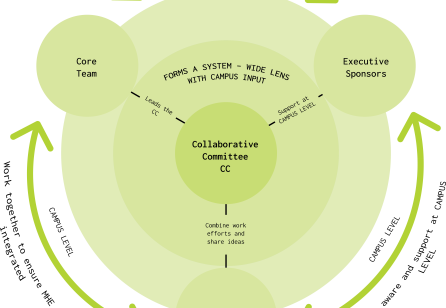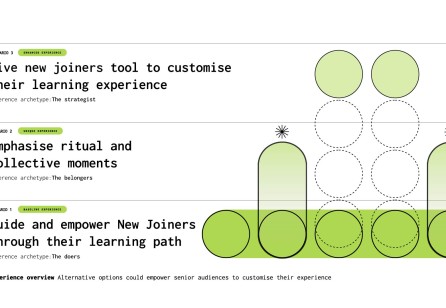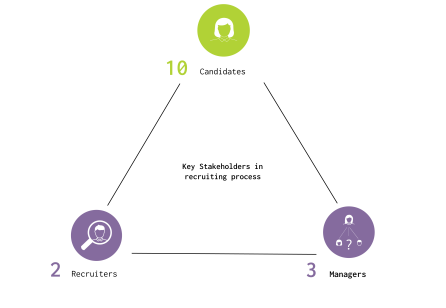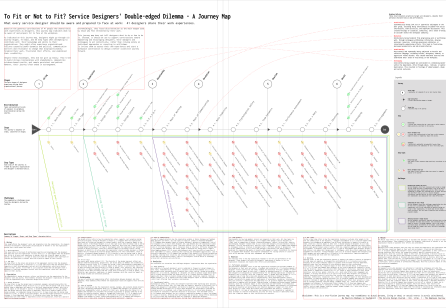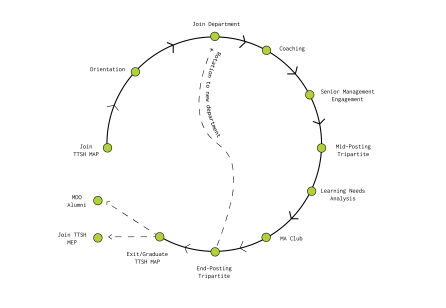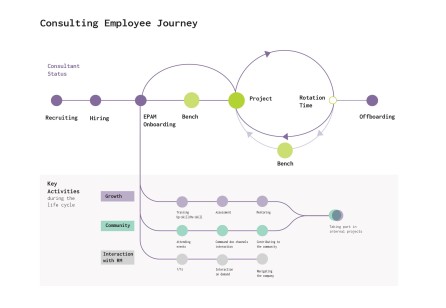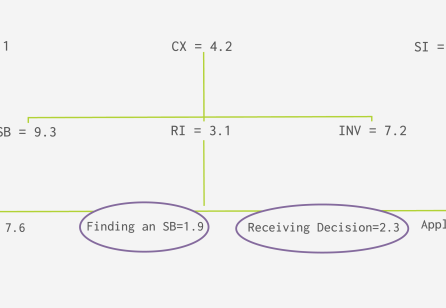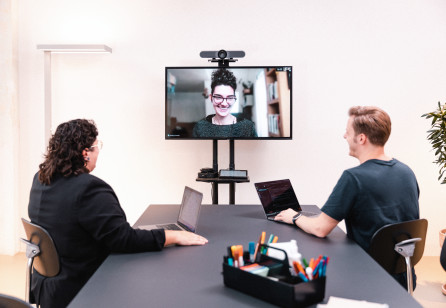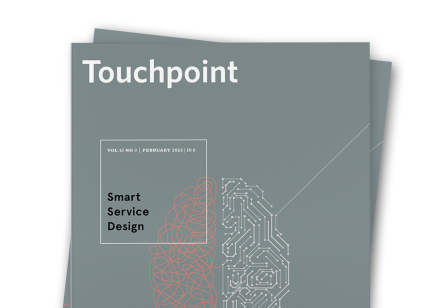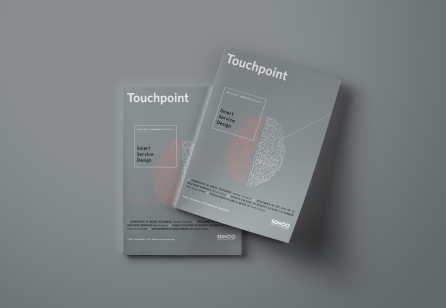
TP14-1 Therapeutic Benefits of Using Service Blueprinting
Solving complex problems requires collaboration across multiple disciplines. Learning-oriented organisations actively work towards breaking down silos to enable a culture of collaboration and create exceptional experiences for their customers and employees. However, achieving meaningful collaboration is hard work. The journey towards it is akin to therapy for the organisation. It requires deep reflection, courage to accept challenges, commitment to work on them, and – most of all – embracing vulnerability.


